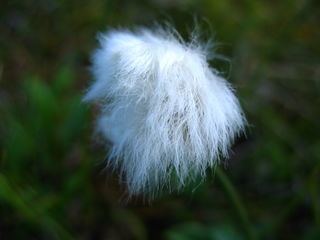Rank Species | Genus Eriophorum Higher classification Eriophorum | |
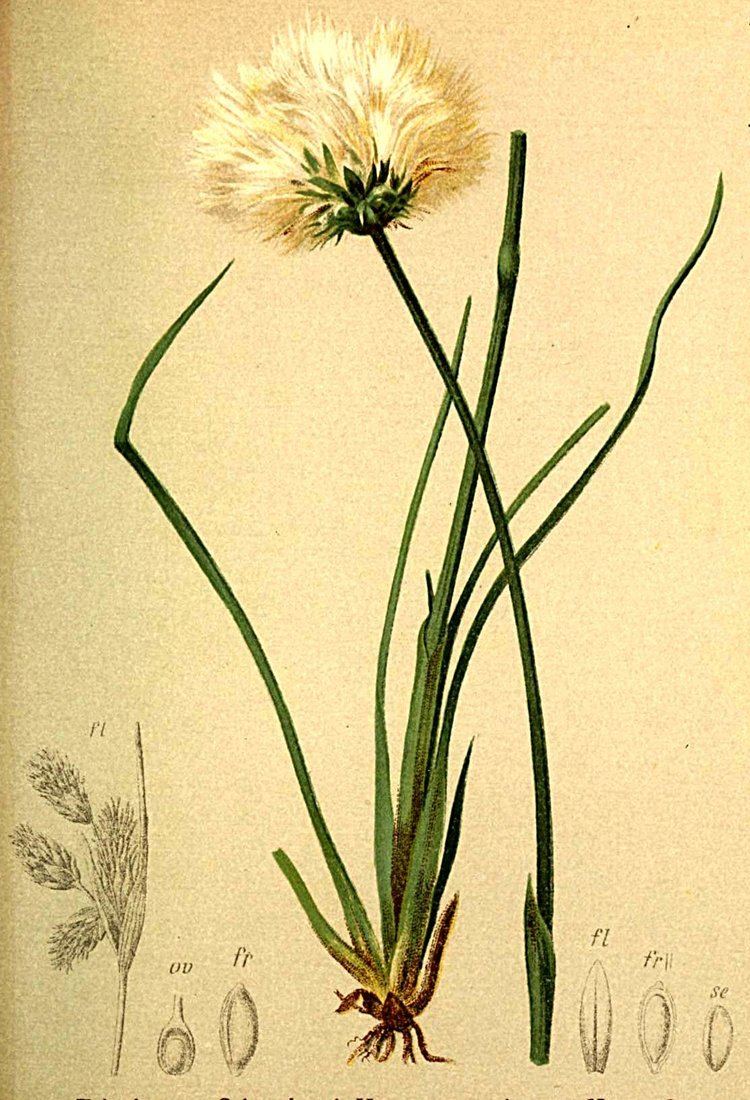 | ||
Similar Eriophorum, Sedges, Eriophorum angustifolium, Eriophorum latifolium, Eriophorum gracile | ||
Eriophorum scheuchzeri is a species of flowering plant in the sedge family known by the common names Scheuchzer's cottongrass and white cottongrass. It has a arctic circumpolar and circumboreal distribution in the Northern Hemisphere. It can be found in Alaska, across Canada, in the Arctic islands, Greenland, Iceland, and across Eurasia. There are disjunct occurrences in the Rocky Mountains, in the high mountains of southern Europe (the Pyrenees, Alps and the Caucasus) on Mount Daisetsu in Japan and some other Asian mountains.
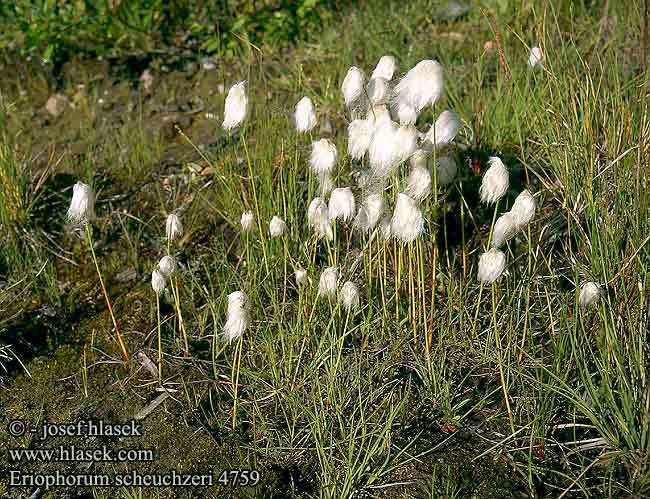
This species is a perennial herb producing colonies via its rhizome. The thin stems may reach 70 centimeters tall, but they are often much shorter. The rolled leaf blades are up to 12 centimeters long. Leaves at the top of the stem have no blades, just black-tipped sheaths. The inflorescence is a solitary flower head with wispy, cottony, bright white, red-tinged, or silvery bristles up to 3 centimeters long.
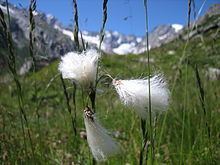
This plant can be found at sea level in northern parts of its range and at over 4,000 meters (13,000 feet) in elevation farther south. It is a helophyte. It is restricted to wet habitat types. It grows in marshes and wet meadows, by ponds and lakes, and on riverbanks, in moist and wet gravel and sand substrates. It often lines the edges of standing water bodies. It is commonly associated with mosses and other sedges, such as Carex aquatilis.
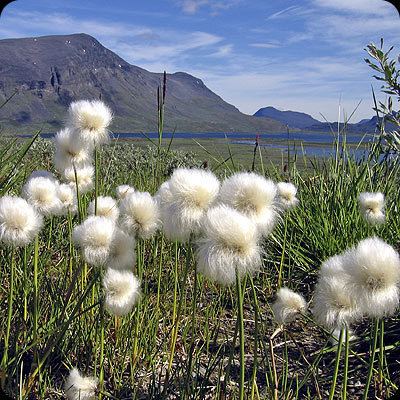
Native and indigenous peoples have long been familiar with the plant and its uses. The Inuit have at least three names for Scheuchzer's cottongrass: pualunnguat, meaning "imitation mittens"; kumaksiutinnguat, meaning "an imitation object to remove lice"; and in North Baffin, kanguujat, meaning "what looks like snow geese". It has been used as a lamp wick, as a boot insole, and as a swab. The cottony flowers have been used as dressings to absorb wound drainage. The plant is also edible and sweet-tasting.
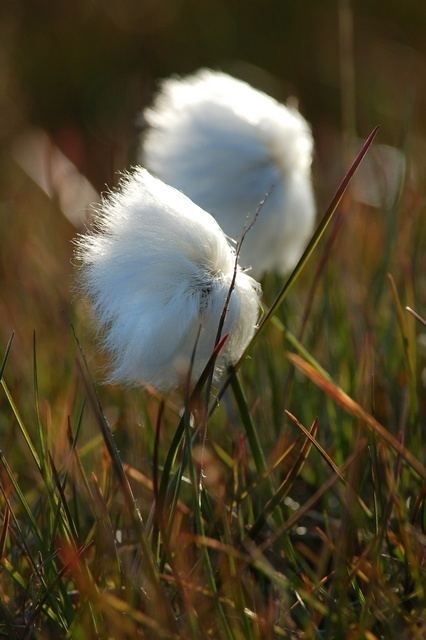
This plant is consumed by muskoxen. Waterfowl feed on the seeds.
